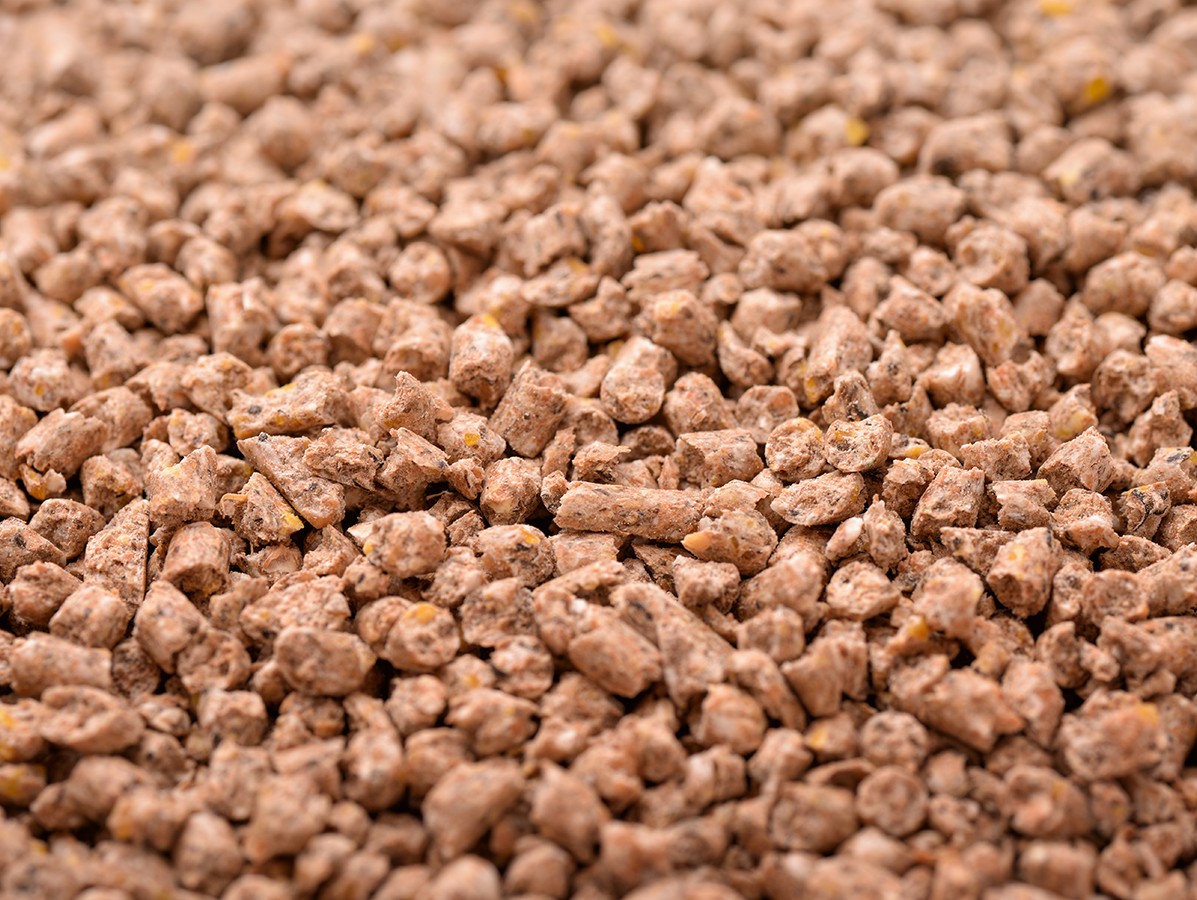We're currently searching through more than 4,000 articles, just a moment's patience...
We're currently searching through more than 4,000 articles, just a moment's patience...

The Netherlands must become less dependent on the import of protein-rich products in order to achieve the sustainability of livestock farming. This can be achieved by using more residual flows for the production of animal feed. The use of slaughterhouse waste seems to be the most promising option, but it will have to be adapted to the legislation and regulations, according to researchers at Wageningen University & Research.
The research report states that the total volume of animal feed raw materials in 2018 amounted to no less than 16.7 million tonnes. Half of these raw materials consist of basic raw materials and of co-products and residual products from the food industry. These are mainly protein-rich products. In addition, minerals, additives, fats and oils are used.
In addition to the frequently used co-products, other possible residual flows were also investigated. These include offal, green manure, ditches and verge mowers, unconsumed food and crop residues. Offal is the most promising way of limiting the import of protein-rich raw materials. Another interesting option is the cultivation of insects on waste products or unconsumed food.
The researchers conclude that there are a number of potential residual flows that can be used as a raw material for animal feed, but at the moment there are no quick wins.
Source: © Groen Kennisnet
Vakblad Voedingsindustrie is a project of b2b Communications BV.
© COPYRIGHT 2025 VOEDINGSINDUSTRIE | ALLE RECHTEN VOORBEHOUDEN
Powered by Wallbrink Crossmedia © 2025
Een abonnement kost € 80,- exclusief 9% BTW per jaar.

We work in accordance with the privacy legislation. After your registration you will receive an e-mail with a confirmation link. Only after you have clicked on this link will you be registered as a recipient of the newsletter. If you can't find the e-mail in your inbox, please also look at unsolicited e-mail.


Lorem ipsum dolor sit amet, consectetuer adipiscing elit. Aenean commodo ligula eget dolor. Aenean massa. Cum sociis natoque penatibus et magnis dis parturient montes, nascetur ridiculus mus. Donec quam felis, ultricies nec





